Fyodor Golan are somewhat of a paradox - at once intellectual and playful, they traverse the fringe of a fashion industry in a state of flux. Whilst contemplating the structure and aim of their fashion business, they are questioning the importance of individualism in a sea of rampantly 'cohesive' and highly refined fashion. The designers open the interview with the revelation that they delayed their seasonal trip to their Paris showroom in order to vote in the referendum. The fallout from the vote in favour of 'Brexit' has left them with a sense of resilience in the face of potential EU funding losses. Many of the projects and initiatives they have undertaken whilst establishing and growing their business have been supported by EU funding and they predict a Darwinian 'survival of the fittest' situation will ensue amongst young independent fashion designers in London who are struggling to create seasonal collections and remain solvent.
Where this dramatic and uncertain political climate could potentially trigger cautious conservatism, Fyodor and Golan are intellectually and pragmatically assessing all areas of their business and considering the needs of their customers and the best platforms with which to engage them. They resolve to stay 'individual' and adopt an ever more digital and tech-driven approach to their seasonal collections. Why do a show at London Fashion Week that draws vast energy and finance away from the business and requires the creation of some garments that they know will not be good sellers, but that are necessary in order to create requisite looks simply for the purposes of the show?
If the show is to the clear detriment of their product offering and bottom line, what is the point? The vast press generated by a fashion show is well documented and, as any fashion designer involved in London, New York, Paris and Milan fashion weeks will tell you, the credibility gained from showing on-schedule during fashion week is immense and affirming - at least ostensibly. But the rise of social media has taken fashion out of the hands of the few and placed it in the hands of the many global consumers. Digital platforms have a life beyond a seven-odd minute fashion show during which time it is 'impossible to see the clothes properly' as noted by Fyodor. In summary, fashion shows aren't fit for purpose and the stigma attached to designers who decide to no longer 'show' is waning.
With new presentation platforms comes new opportunities for self-expression and consumer interaction. Golan explains how insightful and inspiring the dialogue from client to designer is on Instagram. Their clients post images of their self-styled 'FG' looks, thereby contextualising Fyodor and Golan's seasonal work - a dialogue that never occurred pre-social media when the only route to market was through wholesale accounts - meaning no direct contact between the designer and the consumer. That's all different now and brings me back to questioning the point of 'cohesiveness' of a fashion collection.
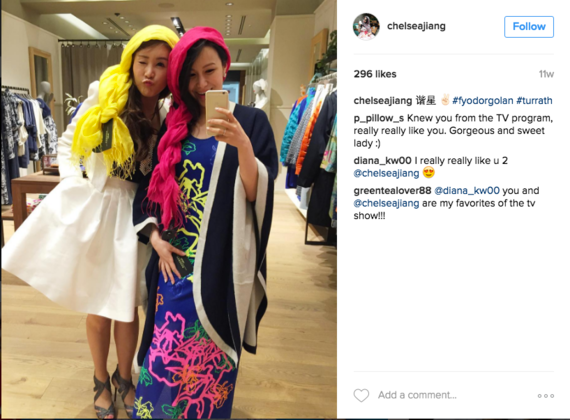
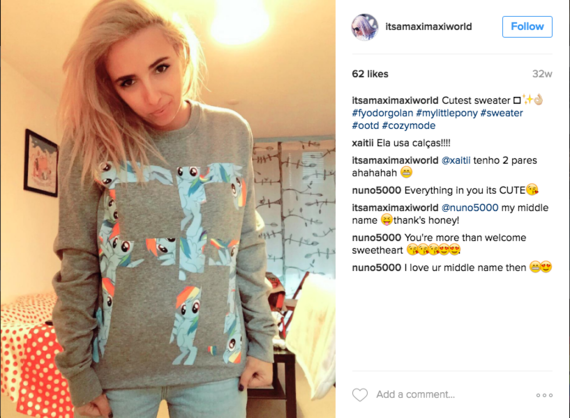
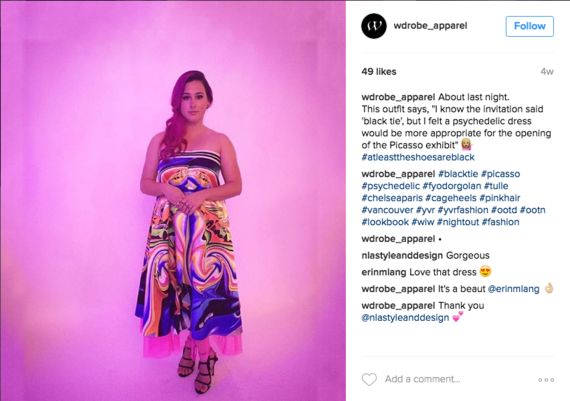
Brands like Burberry are built on a largely singular aesthetic/design language and their merchandising depends on a sort of 'cohesion', but what of the explosion of Vetements against the backdrop of such 'cohesiveness' and singularly focused vision - and what of the conversation about this collaborative, multi-faceted and un-cohesive aesthetic that is starting on social media (of course)?
Will cohesiveness and a singular aesthetic vision be relevant to millennials and Generation Z'ers? If they're shopping online and creating individual looks according to their own vision, and Instagram and Snapchat are ultimately more influential and engaging and more readily consumed than fashion shows, what is the point of cohesiveness at the expense of alienating consumers? And again, if fashion shows continue to lose favour as the predominant presentation format, individuality becomes an even more powerful element of fashion's presentation. It could be argued that cohesiveness can kill creativity by stamping out individual expression, spontaneity and the charm of the unexpected - a fate unlikely to befall Fyodor Golan.
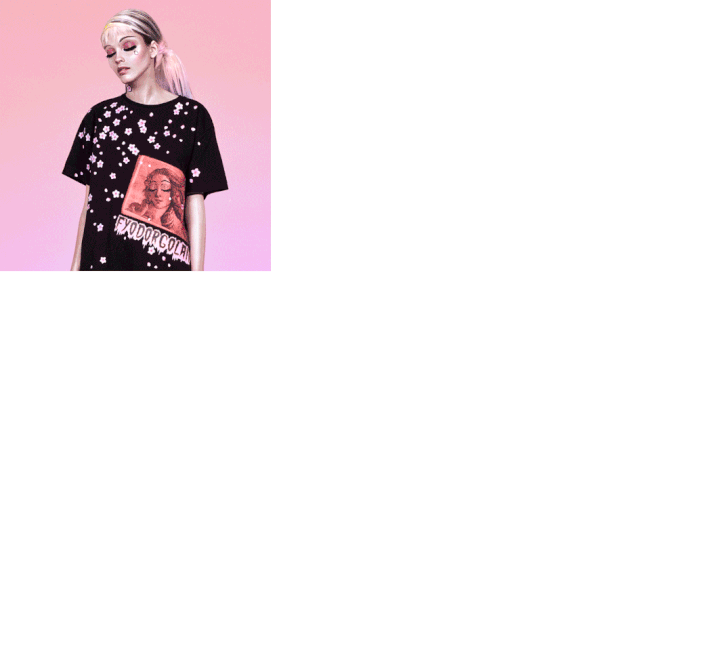
On the subject of individualism in an increasingly 'global' market the duo explain, 'Our clients come to us to express a different side of themselves... they have serious, professional jobs and wear Fyodor Golan as a way of tapping into their personality and as a visual representation of that (fun) side of themselves'.

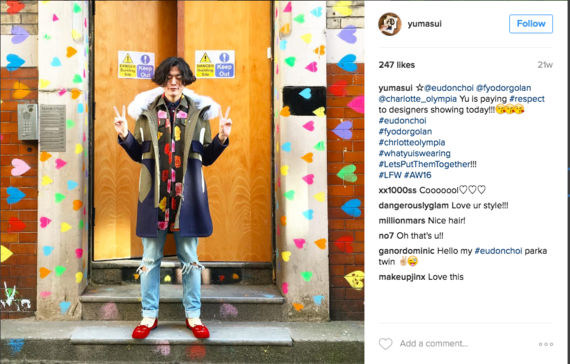

Fyodor Golan's creations are seriously fun. Frothy? Yes. Flimsy? Definitely not. The products are underpinned by solid, quality-driven construction techniques employed since the launch of their label (which drew heavily on couture techniques initially) in 2011, and have evolved to express a sense of confidence through playfulness.
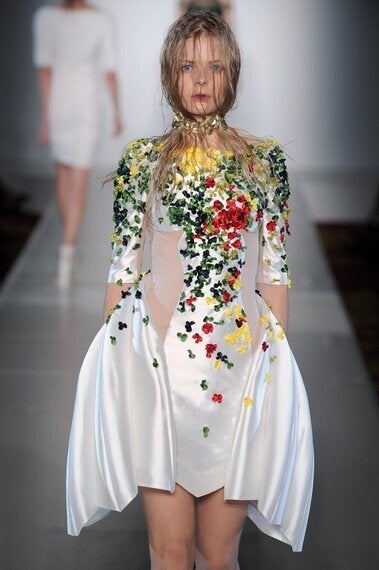
Fyodor Golan SS2012
A further discussion that touches on current challenges in the area of fashion tech centres on product design versus fashion design. Golan expresses the frustration at being restricted to short development times due to the seasonal nature of the fashion industry and longs to be able to explore design concepts in greater depth - as a product designer would, for example. The approach through product design of creating a perfectly formed, functional and beautiful object is a luxury that just may be possible once Fyodor Golan have broken free of the restrictive cycle and demands that come with staging a fashion show each season.
Fyodor and Golan lament the unresolved design ideas that ping into their minds at that last evolutionary design stage - often the week before their London fashion week show - leaving them no time to see these ideas through to fruition because of limitations caused by show preparation and the restrictive need to create 'looks' for the show, rather than individually strong and exciting garments. Due to the seasonal nature of fashion, the scope to pick up and continue such ideas in following seasons does not always present itself. There is a serendipitous aspect to such ideas and sometimes, when the moment has passed, the opportunity and magic passes too. Essentially, dropping the traditional fashion show format allows the freedom and time to be more innovative. It's during this stage of the interview that Golan mentions the Makerversity, which is situated near their studio in Somerset House, which has clearly provided a point of reflection for the designers where the process of product design and development is concerned, versus that of fashion.
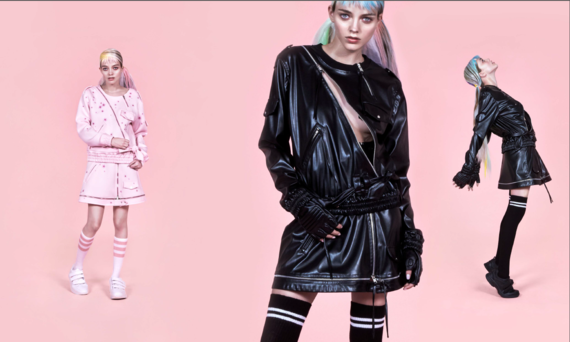
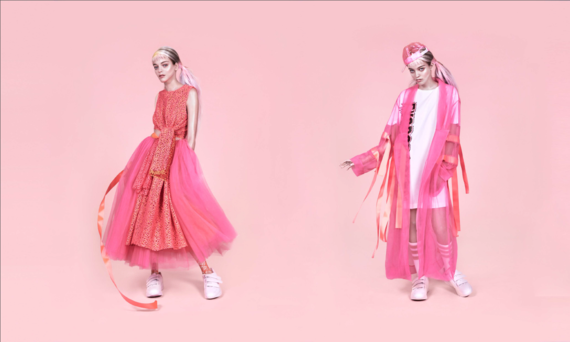

Fyodor Golan Pre-SS17
In their Pre-SS17 collection, Fyodor Golan have furthered explored a number of concepts initiated in their AW16 collection, including hybrid sportswear with strapping and bows that are silhouette-changing, rather than simply surface details. This plays into their desire for individuality within the collection - so one garment has many guises depending on the wearer's styling preferences. The collection, entitled "Sakura Kawaii' was inspired by Hatsune Miku - a hologram-generated pop star - resulting in a collection that expresses "romance through plastification". It's surreal to see real live fans at the concert of a holographic pop star screaming and waving glow sticks, but it perfectly illustrates the blurring of lines between reality and artificiality that Fyodor Golan have distilled into this collection.
The animated look book is the perfect expression of this darkly psychedelic-samurai mood, in collaboration with digital artist and animator, Ignasi Monreal. Part of the joy of Fyodor Golan's look books is that they seek to excite the imagination, rather than simply sell, and it expresses an aesthetic that the designers describe as resolutely 'digital'.
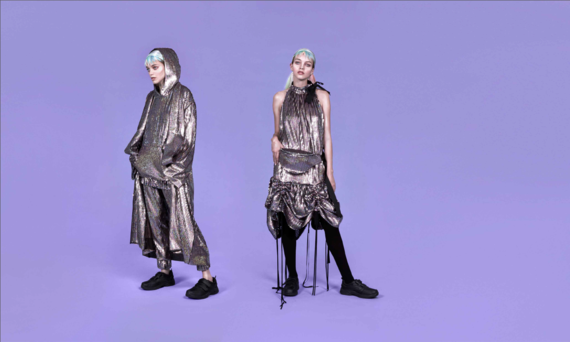
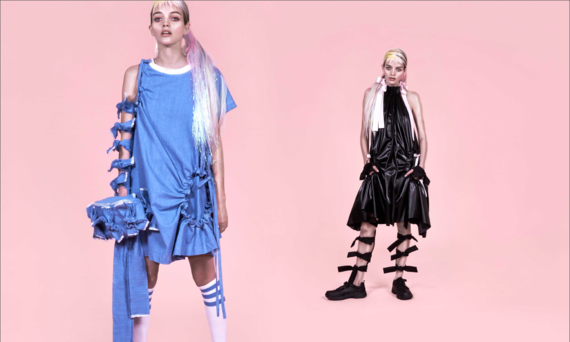
Fyodor Golan Pre-SS17
The digitally driven playfulness in the presentation of their Pre-SS17 collection causes me to speculate as to the format of their next fashion presentation for London Fashion Week in September. 'We're still exploring options' and 'we're looking at integrating the process of creation into the presentation' were the official standpoints at the time of our interview - suffice to say it will be an exciting, experimental and likely experiential offering that will gloriously break with tradition in yet another refreshing Fyodor Golan chapter. It's an exciting time in an evolving industry where as many lessons come from Darwinian truth as they do from social media metrics. If fashion's future is about creative adaptation, dynamism, freedom of thought and individuality, Fyodor Golan are surging ahead.
Fyodor Golan lookbook credits: Mark Rabadan (Photography), Tati Cotliar (Stylist), Ignasi Monreal (Animation), Michelle Webb (Make up), Johanna Cree Brown (Hair)
Full article published on Techstyler.fashion
Follow me on Instagram @techstyler
